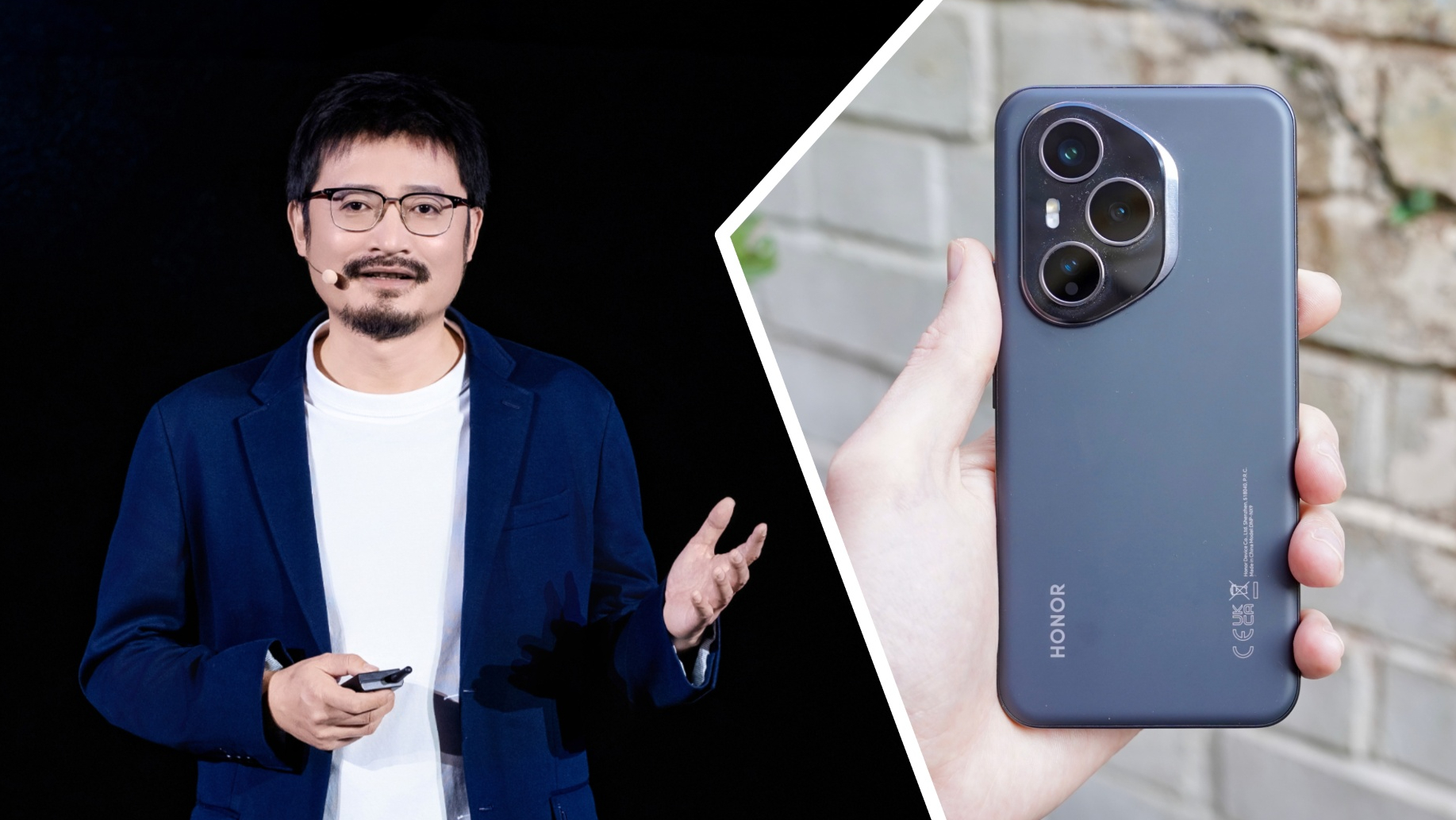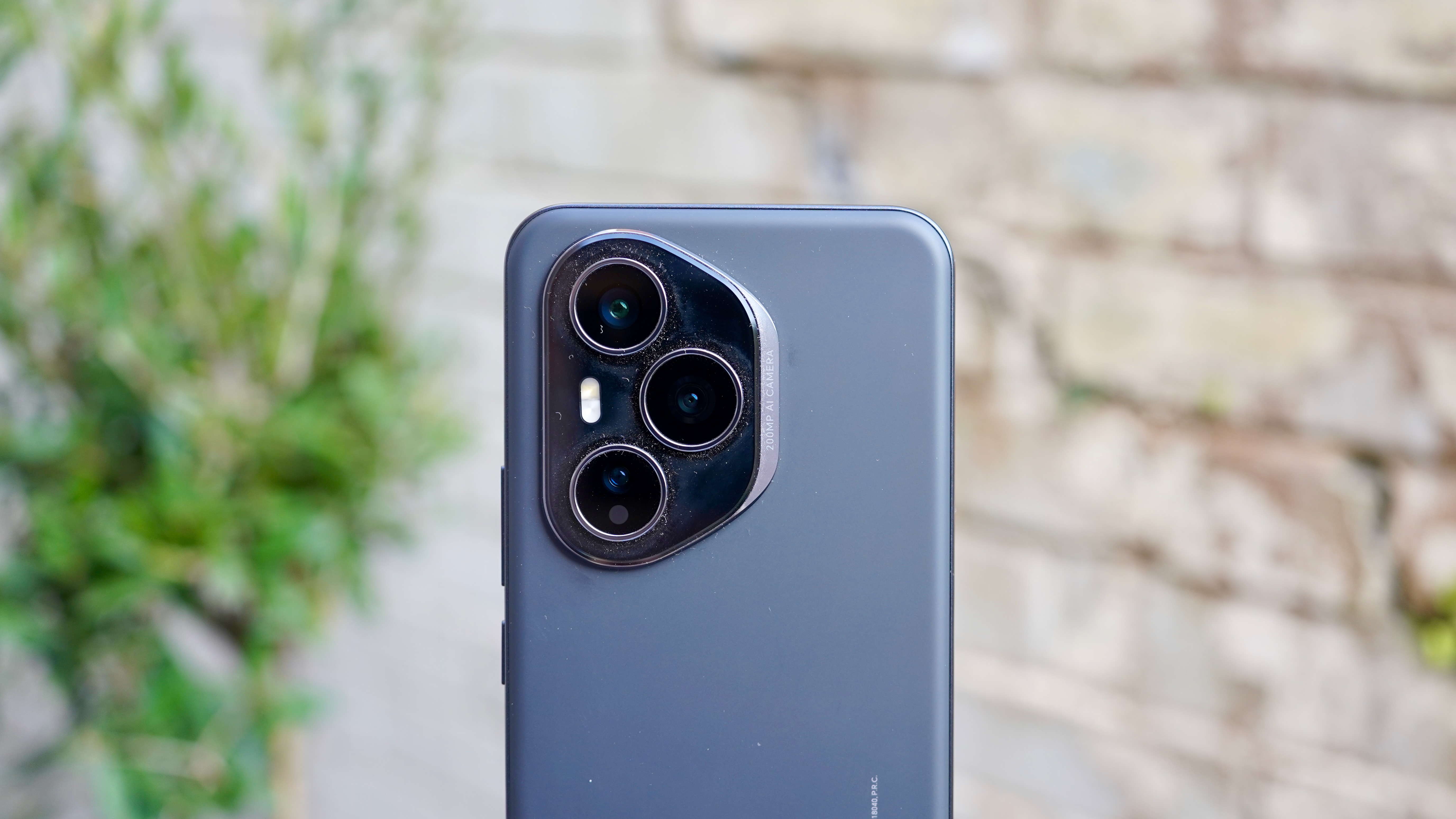‘The very definition of photography is changing all the time’: Honor’s camera chief on embracing AI, exploiting the cloud, and taking on Apple and Samsung
Exclusive: “We will not deliberately limit the ability of mid-range models just to differentiate between flagship models”

For all the acronyms and developer jargon thrown around at Google I/O 2025, it quickly became clear that artificial intelligence (AI) is – or soon will be – even more deeply embedded into the experience of Google-using consumers all over the world.
If you aren’t yet a believer in the promise of AI, now is the time to board the hype train. From AI-powered search engines to bespoke online shopping tools, AI feels genuinely useful in 2025 in a way that it didn’t even 12 months ago. And it’s only going to get more popular as public sentiment towards the phenomenon eases.
Honor, for its part, has been a believer for some time, so much so that it was willing to rebrand itself as an “AI device ecosystem company” earlier this year. But where other smartphone companies are doubling down on AI’s potential as a personal assistant, Honor is committed to using AI to revolutionize mobile photography, particularly at the more affordable end of the smartphone spectrum.
To find out what that means, exactly, and to talk more about the price-defying camera capabilities of the new Honor 400 and Honor 400 Pro, I sat down with Honor’s Chief Imaging Architect, Luo Wei, who is utterly convinced that AI is – and has always been – a force for good when it comes to photography.
“If we look at the history of photography, it went from film-based to digital, and now we’re in the age of algorithm-empowered photography,” Wei explains. “So, the very definition of photography is changing all the time. Even in film photography, films were developed in different ways with different effects. In the digital era, ISP (image signal processing) was processed in a different way by different companies, which alters the output.

“The introduction of AI into photography actually began in 2016 with CNN (convolutional neural network)’s large-scale application of AI in processing images. At that time, the process was limited by traditional image system processing. Now, thanks to generative AI, the image processing goes beyond the limitations of traditional image sampling.
“We [Honor] believe generative AI is very effective in improving image restoration and enhancement. Of course, in some scenarios, the algorithms deliver different [results] to what the naked eye sees. But looking forwards, we believe the output will grow closer and closer to what we see in the real world. We don’t want to set any restrictions on the introduction of generative AI technologies.”
Sign up for breaking news, reviews, opinion, top tech deals, and more.
When Wei says “different results to what the naked eye sees,” he’s referring to the occasionally janky solutions churned out by software-based photography features like AI Super Zoom, which uses generative AI to ‘fill in’ details at 30x zoom and above on the best Honor phones.


Having debuted on the flagship Honor Magic 7 Pro in January, AI Super Zoom returns on the mid-range Honor 400 and Honor 400 Pro – it works at up to 30x zoom on the former and 100x on the latter – but Wei is keen to stress that the feature is being improved every day.
“I agree that if you look at the current algorithms, they can generate some unrealistic details,” he admits. “That’s why we have some limitations as to what kind of scenarios users can activate in AI Super Zoom. Users are recommended to use AI Super Zoom when it comes to landscape and urban scenes, but not when it comes to faces and text, which our algorithm does not currently support. But the cloud-based algorithm is [being] updated every two weeks, so you can see that AI Super Zoom has significantly improved since it was first launched.
Photography skills are here to stay, but for average users, we can raise the bar using AI
Luo Wei, Honor
“We identified that users mainly want to use telephoto photography during their travels to capture famous attractions, so we are updating our algorithms based on Lora and RAG technology. But what I would like to emphasize is that we have been upgrading our algorithm quickly to make the images more and more real, in order to better meet the needs of our consumers. [...] Also, it’s hard to say that any one company can define the real world; there is no definition of the real world.”
Photographers might disagree with that sentiment, but Honor isn’t here to kick the hornet's nest. Instead, it hopes features like AI Super Zoom will empower users to embrace photography in more situations, especially those which previously required expensive camera hardware.
“With AI, we want to democratize photography, especially for users who are not skilled but want to express themselves,” explains Wei. “For more advanced or professional photographers, AI can ease their burden and do some of the heavy lifting around editing. We believe that when taking pictures becomes more convenient through AI, more users will fall in love with photography, and fewer husbands or boyfriends will be scolded by their partners for being lousy photographers. Photography skills are here to stay, but for average users, we can raise the bar using AI.”
Head in the clouds

To bring AI-based photography features to lower-spec devices, Honor – like many other smartphone manufacturers – leans heavily on the cloud (specifically Google Cloud), which shoulders much of the processing burden for intensive generative tasks like AI Super Zoom and Image to Video.
The trade-off is that the cloud can only be accessed via an internet connection, meaning Honor’s best AI software features won’t work in certain situations. For Wei, the pros of this arrangement outweigh the cons: “The computing power in the cloud is much greater than what’s [available] on devices. In the cloud, our parameter size is about 12.5 billion for the telephoto enhancement [feature], while it’s already difficult to run a model with just 3 billion parameters on-device.
“We’d like to use AI to democratize photography, so by using AI we bring a great experience to mid-range and low-end mobile users. The cloud-based algorithm is decoupled from the device, so we can make continuous improvements. [...] And regarding privacy, Honor will always get consent from users for any data stored in the cloud, and we don’t store any pictures uploaded by our users. They are deleted after processing.”
A better deal for buyers?

At £699.99, the Honor 400 Pro arrives as a competitor to the Samsung Galaxy S24 FE and iPhone 16, but its camera hardware – specifically a 200MP wide lens, a 12MP ultra-wide lens, and a 50MP telephoto lens with 3x optical zoom – is objectively more capable than the equivalent hardware on both of those big-name devices (heck, the cheapest iPhone with a telephoto camera costs $999 / £999 / AU$1,849!). Is that a deliberate strategy on Honor’s part? And does it risk denting the appeal of its highest-end models?
Going forwards, we want to wow you with our flagship cameras
Luo Wei, Honor
“If I had to single out one difference between Honor and competitors like Apple and Samsung,” Wei says, “we want to use AI to democratize technology and allow all users to take good pictures regardless of price point. [...] We will not deliberately limit the ability of mid-range models just to differentiate between flagship models. We want to deliver the best experience for all users.
“This brings the question of what kind of hardware we should put into our flagship models so they can be really worth their price [tags]. Our idea is to develop flagship models that really stand out when it comes to AI. For example, we’re working on a flagship model with 100x zoom. Going forwards, we want to wow you with our flagship cameras.”
It’s clear, then, that Honor still believes true camera fans will be best served by the best camera phones on the market. But it’s also true that casual mobile photographers no longer need to spend three figures on accessing flagship-level features.
For our full verdict on the newly launched Honor 400 Pro, check out our Honor 400 Pro review.
You might also like

Axel is TechRadar's Phones Editor, reporting on everything from the latest Apple developments to newest AI breakthroughs as part of the site's Mobile Computing vertical. Having previously written for publications including Esquire and FourFourTwo, Axel is well-versed in the applications of technology beyond the desktop, and his coverage extends from general reporting and analysis to in-depth interviews and opinion.
Axel studied for a degree in English Literature at the University of Warwick before joining TechRadar in 2020, where he earned an NCTJ qualification as part of the company’s inaugural digital training scheme.
You must confirm your public display name before commenting
Please logout and then login again, you will then be prompted to enter your display name.